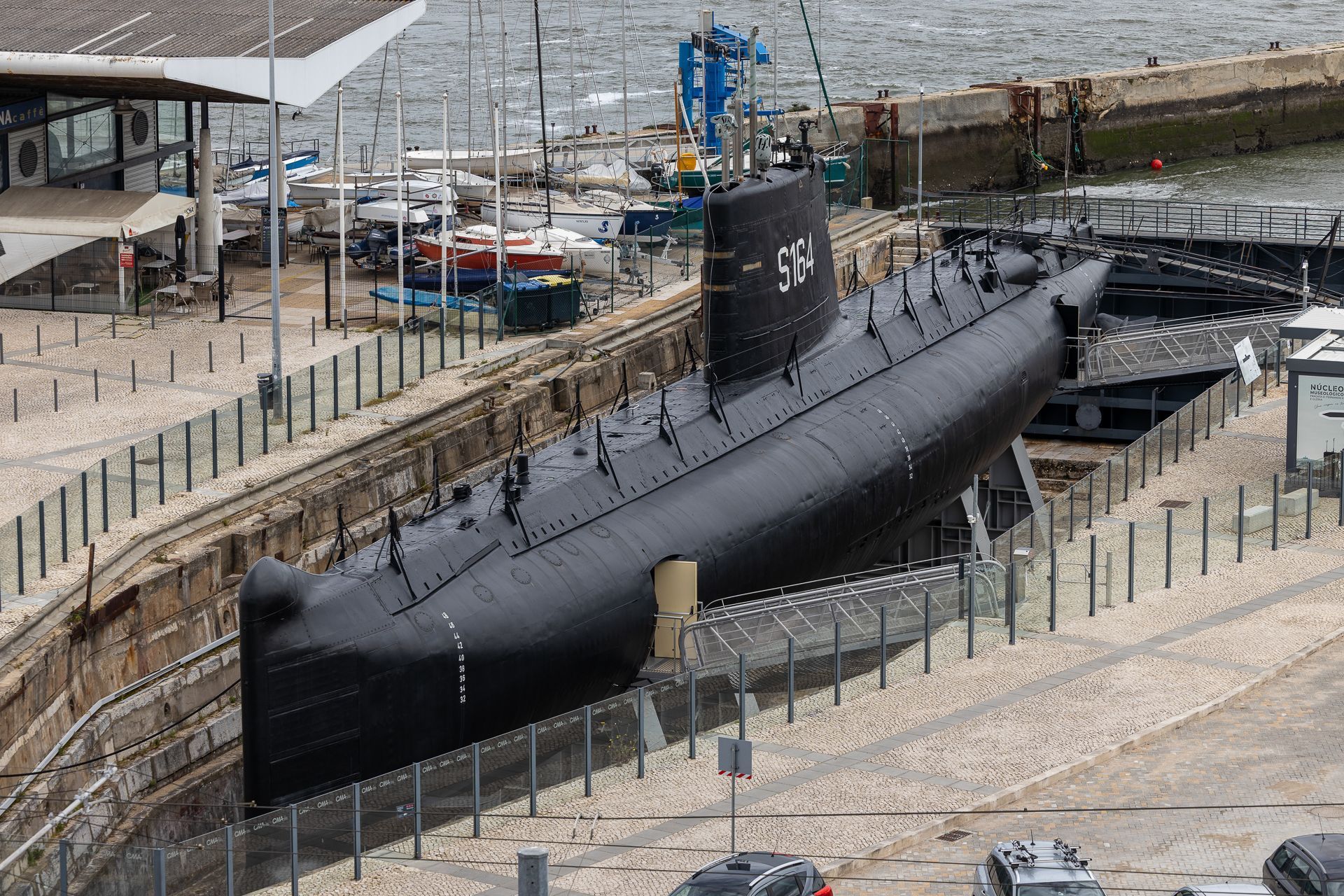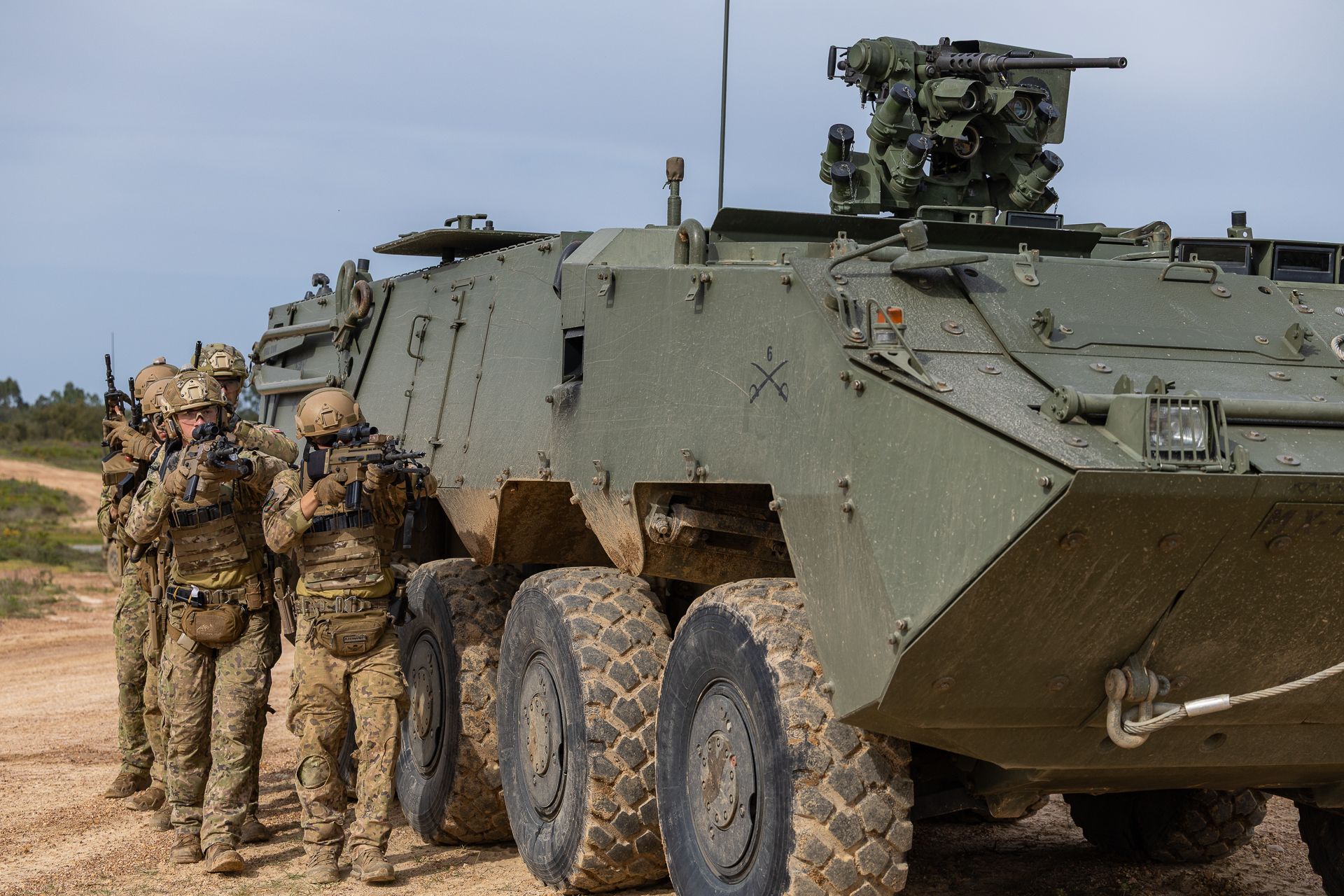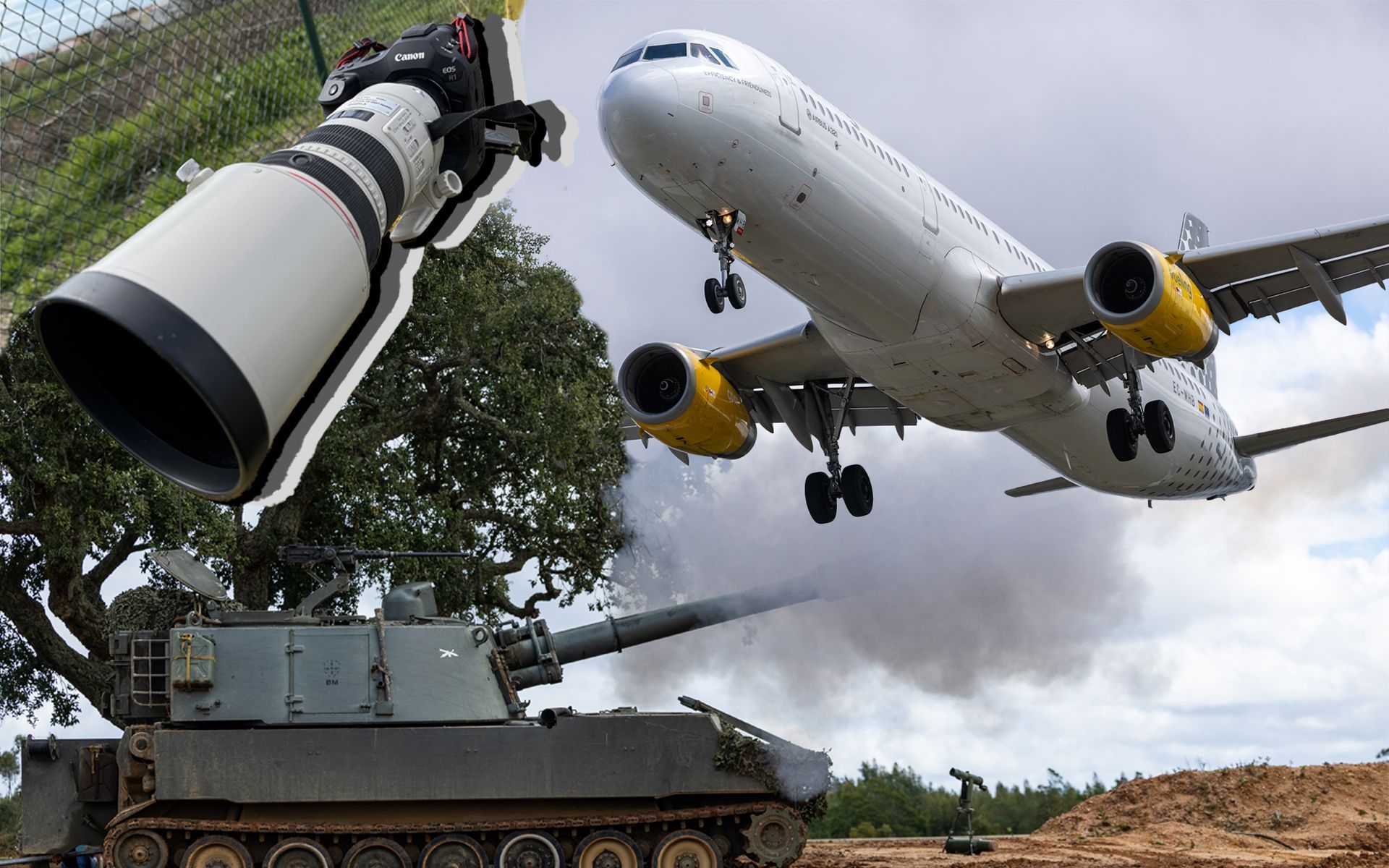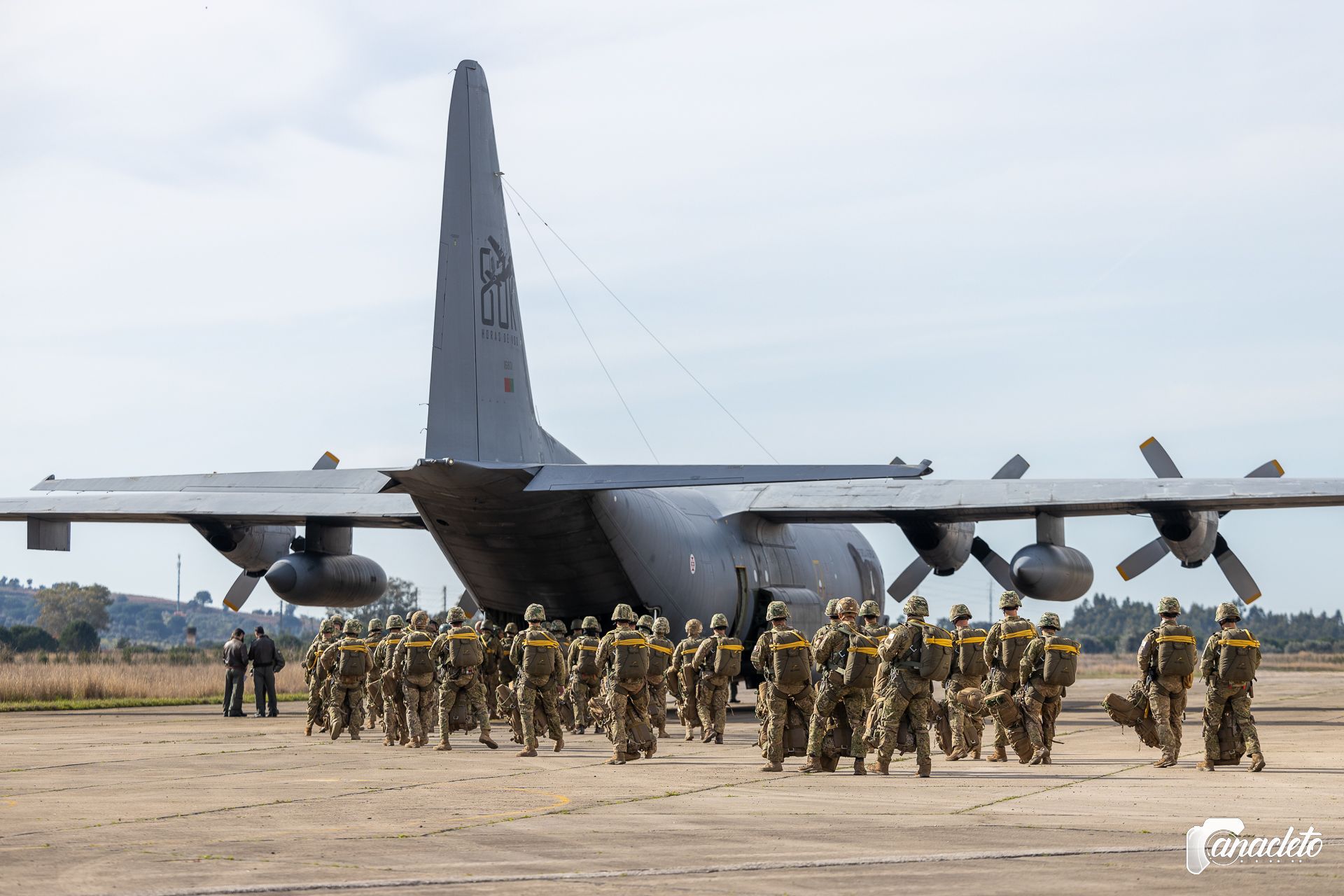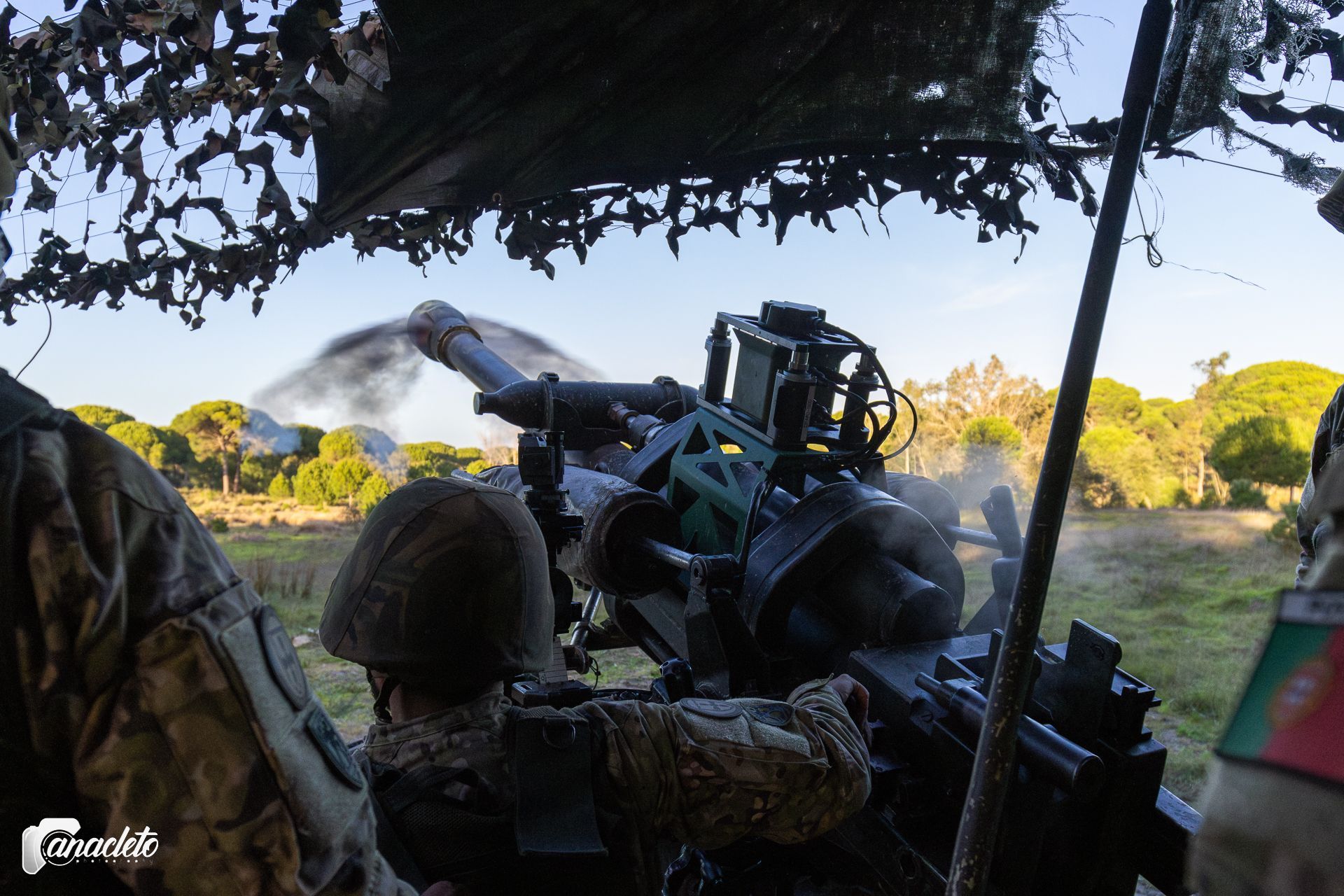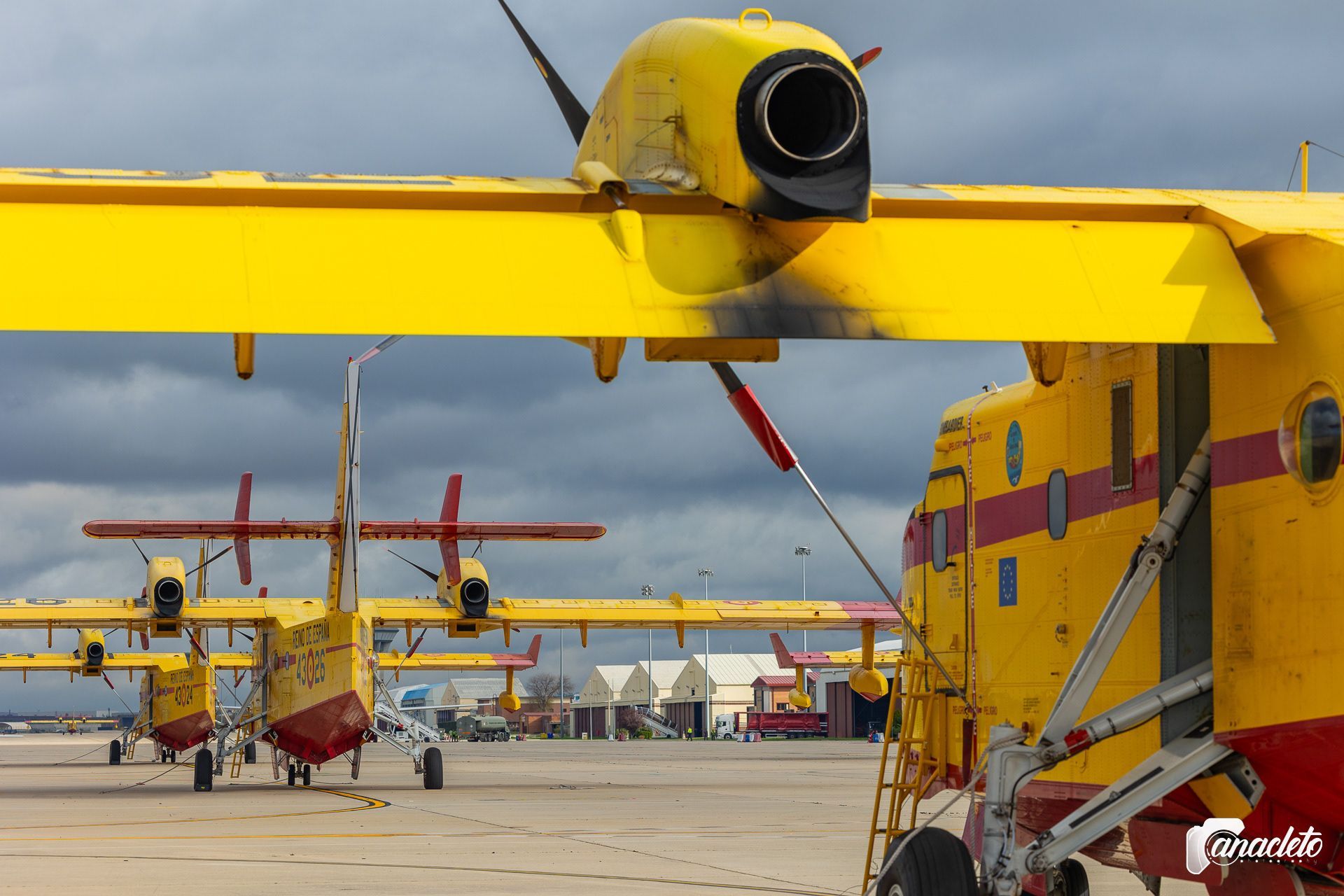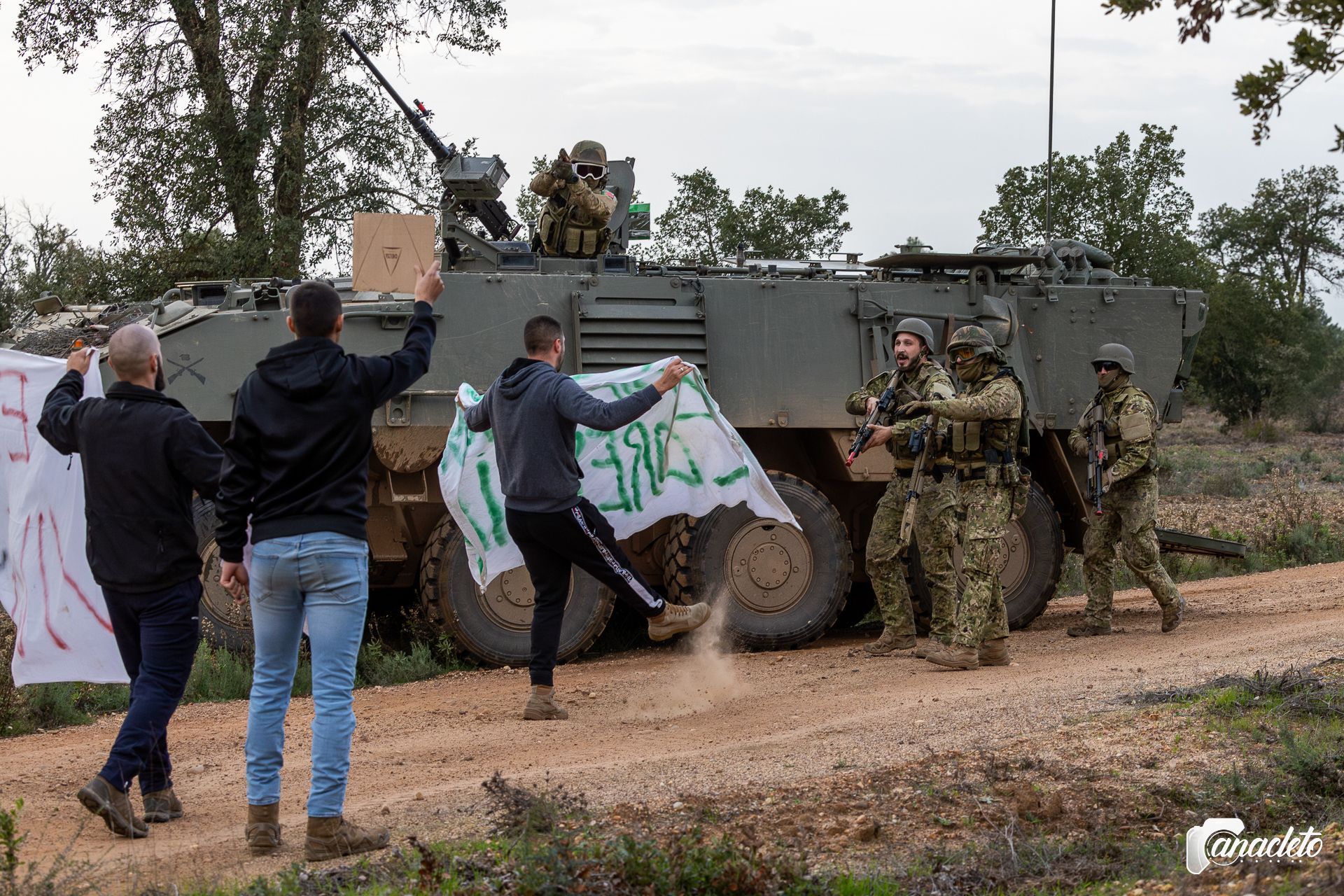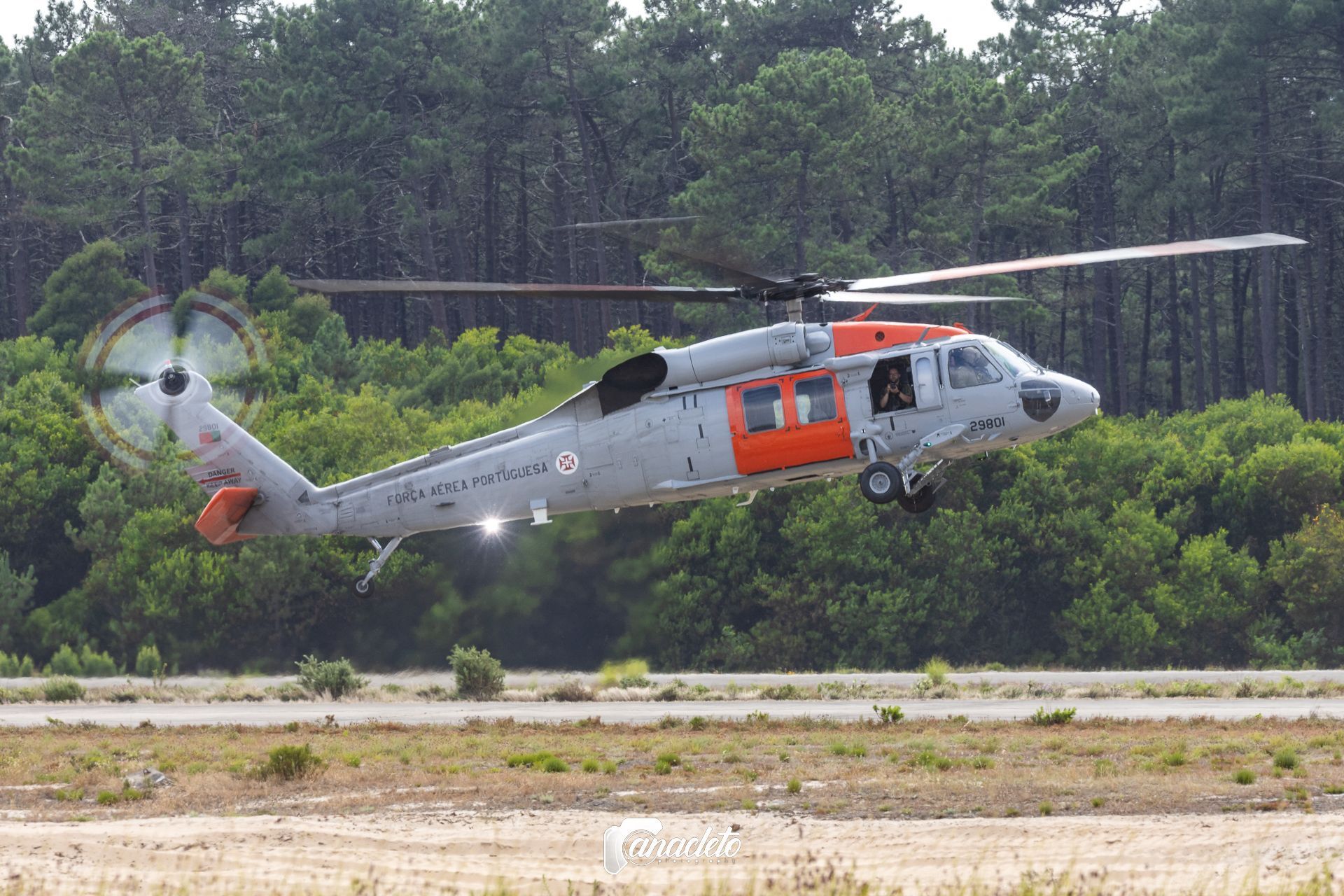43 Grupo - Fighting Fires from the Air
These “Air Firefighters” are on alert, 365 days a year, to fight any forest fire that appears on their radar. They are the courageous men and women who make up the 43 Grupo de Fuerzas Aéreas of the Ejército del Aire y del Espacio.
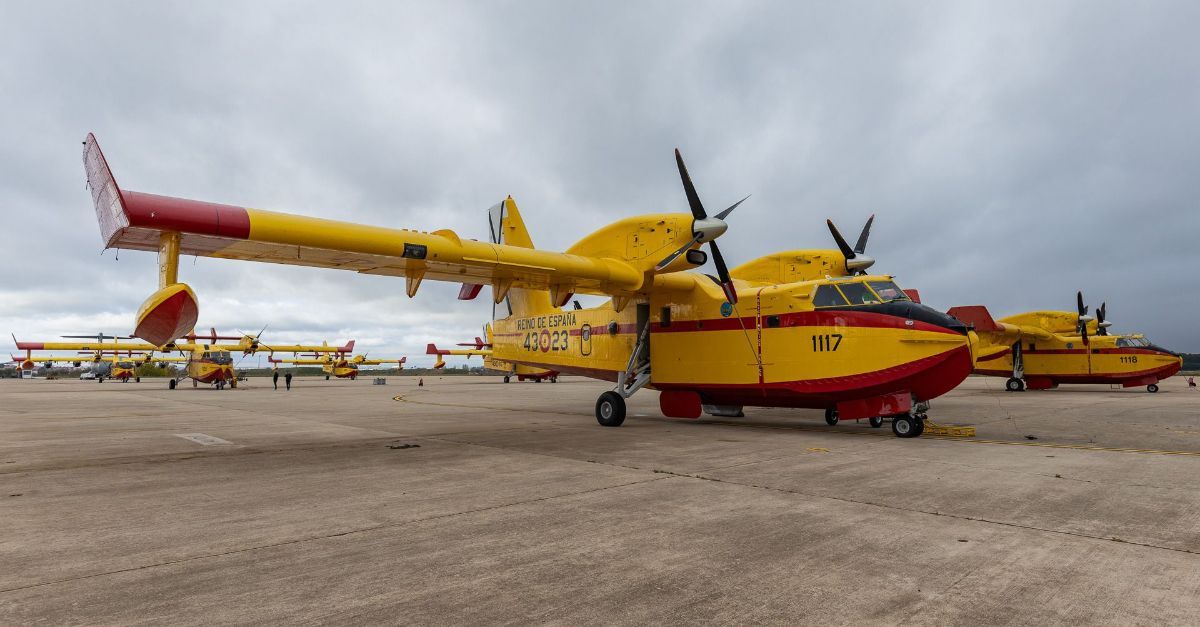
The 43 Grupo is based at the Torrejón de Ardoz Air Base, Madrid and its creation dates back to 1971, more precisely on February 8, when they received the first units of the Canadair CL 215. These were located at the Getafe Air Base, Montreal and were part of the 803 Escuadrón de Fuerzas Aéreas. Their first operational mission, contrary to what was expected, was a search and rescue mission on March 11, 1971, and it was only on July 9 that they carried out their first mission to extinguish forest fires. In 1973, together with the Dornier 27, they formed the 404 Escuadrón de Fuerzas Aéreas. Since the use of the CL 215 was a success, it was decided to purchase more units and, in December 1973, the Squadron was transferred to the Torrejón de Ardoz Air Base. On May 8, 1980, the 404 Escuadrón de Fuerzas Aéreas became known as the 43 Grupo de Fuerzas Aéreas.
Mission:
According to the current collaboration agreement between the Ministry of Defense and the Ministry of the Environment, the main mission of the 43 Group is to collaborate with the General Directorate of Biodiversity in extinguishing forest fires. From October 1st to June 15th, this Squadron always keeps 2 aircraft and their crews on alert. From June 15th, which is when the “Fire Season” begins, and until September 30th, the Squadron maintains a minimum of 70% of its fleet and crews ready to respond to emergencies in various parts of the country. Each year they have several detachments, these being in Santiago de Compostela, Talavera la Real, Salamanca, Zaragoza, Albacete, Málaga and Pollensa, also maintaining assets in Torrejón de Ardoz.
This type of mission is, without a doubt, one of the most riskiest: flights at very low altitude, reduced visibility due to smoke, winds that cause turbulence and fuel the fire, the large concentration of air assets in the same airspace, the topography of the area fire... these are all risk factors that the crews of 43 Grupo assume and face with safety, cold-blood, determination and, above all, a lot of training and planning. It is easy to understand the large number of hours of experience required before acting as a pilot commander in this type of mission.
This unit can also perform search and rescue missions, in support of the various SAR squads of the Ejército del Aire and International Forces.
Aircraft:
At the moment, the 43 Grupo has a fleet of 18 aircraft, 14 of which are the Canadair CL 215T and the remaining 4 are the more modern CL 415.
The CL215/215T/415 are twin-engine amphibious aircraft, designed and initially built by Canadair, that were later built by the company Bombardier and were created from scratch with the mission of fighting forest fires in mind. The CL 215 has two belly tanks with a total capacity of 5436 liters and is able to fill them in 12 seconds. The CL 215T version is a modernization of the CL 215, where the piston engines were replaced by turboprop engines.
The CL 415 model emerged from Bombardier's decision to move forward with a replacement for the CL 215 version instead of continuing with upgrades to the CL 215T. The main difference between the CL 215T and the 415 is the EFIS avionics suite. There were also additional improvements such as the inclusion of winglets and finlets, higher operational weight capacity, greater tank capacity (6,136 liters) and the addition of a fire retardant injection system. Another main difference is that the CL-215T has a two-door bomb bay, while the CL-415 has a four-door bomb bay, thus gaining the ability to carry out split discharges.
Normally they fly with a crew of 3, 2 pilots and a flight mechanic.
For this unit, it’s a source of immense satisfaction to achieve, year after year, campaign after campaign, the final objective of its mission, the extinction of the fire in which it’s operating.
The unit is also aware that this objective would not be achieved without the cooperation and help of the rest of the means deployed in the fight against the fires, both military and civil, air or land, national or foreign, and whose selfless and exemplary work it would be unfair not to remember. and recognize from here.
